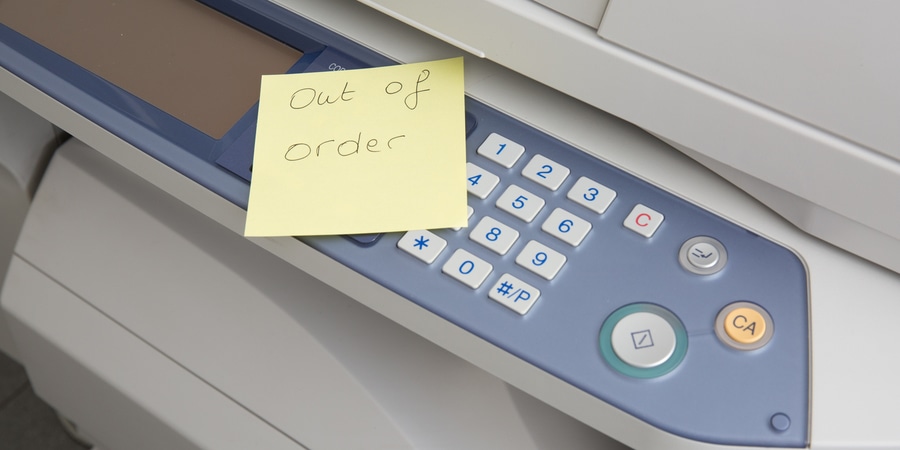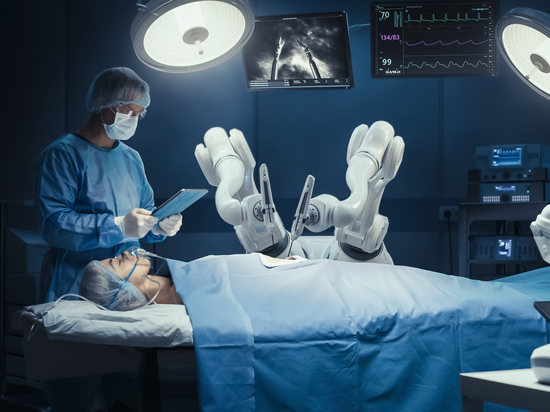
#Industry News
Old and Outdated: Why Fax Machines are Holding Back Healthcare in 2024
Fax machines have been a staple of the healthcare sector, but their drawbacks are becoming increasingly unacceptable in the face of newer digital technology.
For over sixty years, fax machines have been a staple in healthcare as the primary method for sharing patient records between different providers and hospitals.
However, the digital transformation of healthcare and the ongoing march of technology has made fax machines' weaknesses increasingly evident. Today, fax machines are being increasingly replaced by digital solutions that are more reliable, more secure, and ultimately more affordable.
What is a Fax Machine?
Fax machines are devices that send, receive, and print documents via electronic signals sent over a telephone line. Fax machines were originally developed for roles that relied on physical documentation, but mailing said documentation was too slow or impractical. Historically, fax machines have been critical for healthcare, banking, law enforcement, and many other roles.
While fax machines have iterated and evolved like any other piece of technology, the basic systems have remained the same for decades and have become increasingly obsolete in the face of newer digital tools supported by medical-grade computers.
Weaknesses of Fax Machines
After over sixty years, several notable weaknesses have developed in fax machine technology.
High Maintenance and Upkeep Costs
Fax machines require paper, ink, and toner to print documents, all of which have become more expensive. They also rely on many moving parts that are vulnerable to breaking down, necessitating an expensive and time-consuming repair that can halt operations.
Scalability
Traditional fax machines cannot send documents to multiple recipients at once, severely limiting information sharing in groups and impeding collaboration. They also cannot send and receive documents simultaneously, which can be a severe bottleneck for larger operations.
Lack of Real-Time Updates
Being limited to paper makes updating fax-based records especially difficult, doubly so across multiple locations. Different healthcare entities can end up with different versions of the same record as changes go unrecorded or lost due to bureaucratic oversight, leading to greater chances of medical errors being committed. On the other hand, an interoperable EMR shared between groups can be seamlessly updated with every treatment or diagnosis, ensuring everyone is on the same page.
Physical Storage
After they’ve been printed, fax messages must be stored or destroyed. This is especially impractical as patient records can range from tens to hundreds of pages long, especially for elderly or chronically ill patients. Compare this to digital storage mediums, which can fit multiple books worth of information into a drive that fits in your palm, or off-site cloud storage that removes the need for physical space entirely.
Security
Data sent via fax machine is painfully vulnerable to interception, as it has no cryptographic protections while in transit. This means anyone who taps a phone line can instantly access all the data sent over it.
Additionally, fax machines are highly vulnerable to stack overflow attacks, in which cybercriminals overload a device's software programs, causing it to crash. Criminals can then use the crashing device to access the broader system it’s connected to and wreak even more havoc. Because faxes are always sent unauthenticated, there’s no way to prevent this sort of attack short of placing fax machines on a separate network from your other devices.
Potential HIPAA Violations
Even outside of the cybersecurity risks, fax machines are often a HIPAA violation waiting to happen. Misdials, sending documents to the wrong destination, and even leaving a printing tray unattended can lead to personal health information being shared with the wrong groups.
The Alternative: EMRs and Digital Health Tools
With all these drawbacks, it’s no surprise that most healthcare groups are transitioning from fax machines and paper records to digital records and tools. Electronic medical records (EMRs) are entirely digital and can, therefore, be stored either on physical servers or cloud services off-site from the hospital. EMRs can also be accessed on multiple devices, including medical computers and medical-grade tablets, and seamlessly updated so that anyone who accesses the record in the future can review those changes.
Closing Thoughts
Fax machines have been a critical part of healthcare, but their various drawbacks have made their usage increasingly impractical. The time to upgrade to modern digital records technology is now.
If your healthcare group is looking to upgrade to digital records and needs medical-grade computers and tablets capable of supporting this transition, contact the team at Cybernet Manufacturing. Our products are designed and certified for the healthcare industry and fully compatible with all major EMR software programs.





